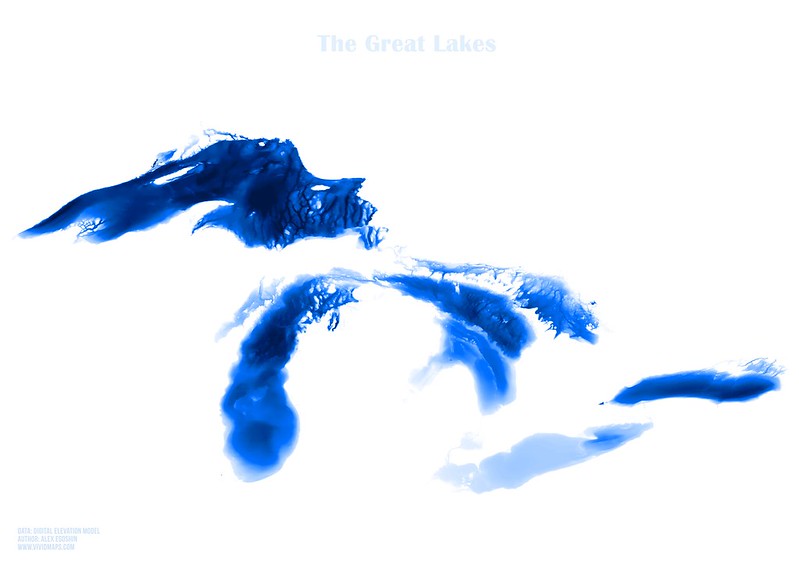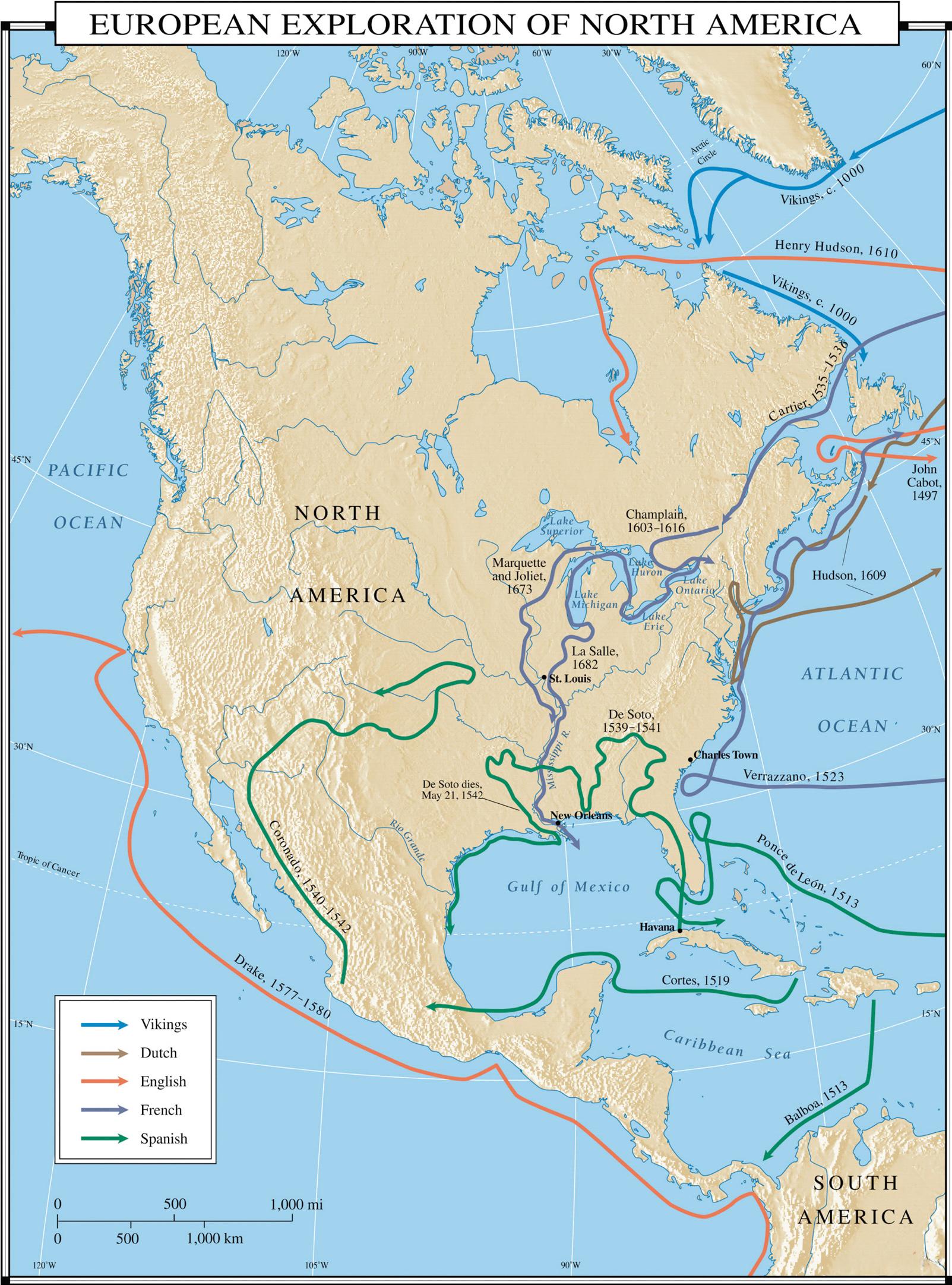New France in its heyday
New France was the area colonized by France in North America during a period beginning with the exploration of the Gulf of Saint Lawrence by Jacques Cartier in 1534 and ending with the cession of New France to Great Britain and Spain in 1763 under the Treaty of Paris (1763).
At its peak in 1712, the vast territory of New France extended from Newfoundland to the Canadian prairies and from Hudson Bay to the Gulf of Mexico, including all the Great Lakes of North America.
The map below shows territories having been at one time controlled by France during the period 1534 – 1803.

Over 17.8 million square kilometers, or 6.9 million square miles of land, New France was the most extensive political entity in the world. The state shared a border with the following countries: North Columbia, California, Texas, and Mexico, and had maritime borders with Russia and Cuba. New France is a federation composed of 11 states: Acadia, Canada, Huronia, Illinois, Louisiana, Manitoba, Cascadia, Alaska, Yukon, Nunavut, and Groenland.
By the beginning of the 18th century, New France had approximately 20 thousand citizens. But French finances in the region would drop. Despite a growing population and economy during the early 1700s, New France spent most of its wealth on military preparations.
New France finished with France’s failure in the Seven Years’ War, and its possessions were given to the British in the Treaty of Paris in 1763.
Despite its comparatively brief life of 155 years, New France produced a heritage that can still be seen in modern Canada.









And Napoleon had a fire sale
2019, for us, seems to be the year of picking up the path of the French. New Orleans in January & next week we’re off to Montreal and Quebec (not to mention we live in the Village of Allouez). It’s fun to think of all the ways our history might have been different.
COOL